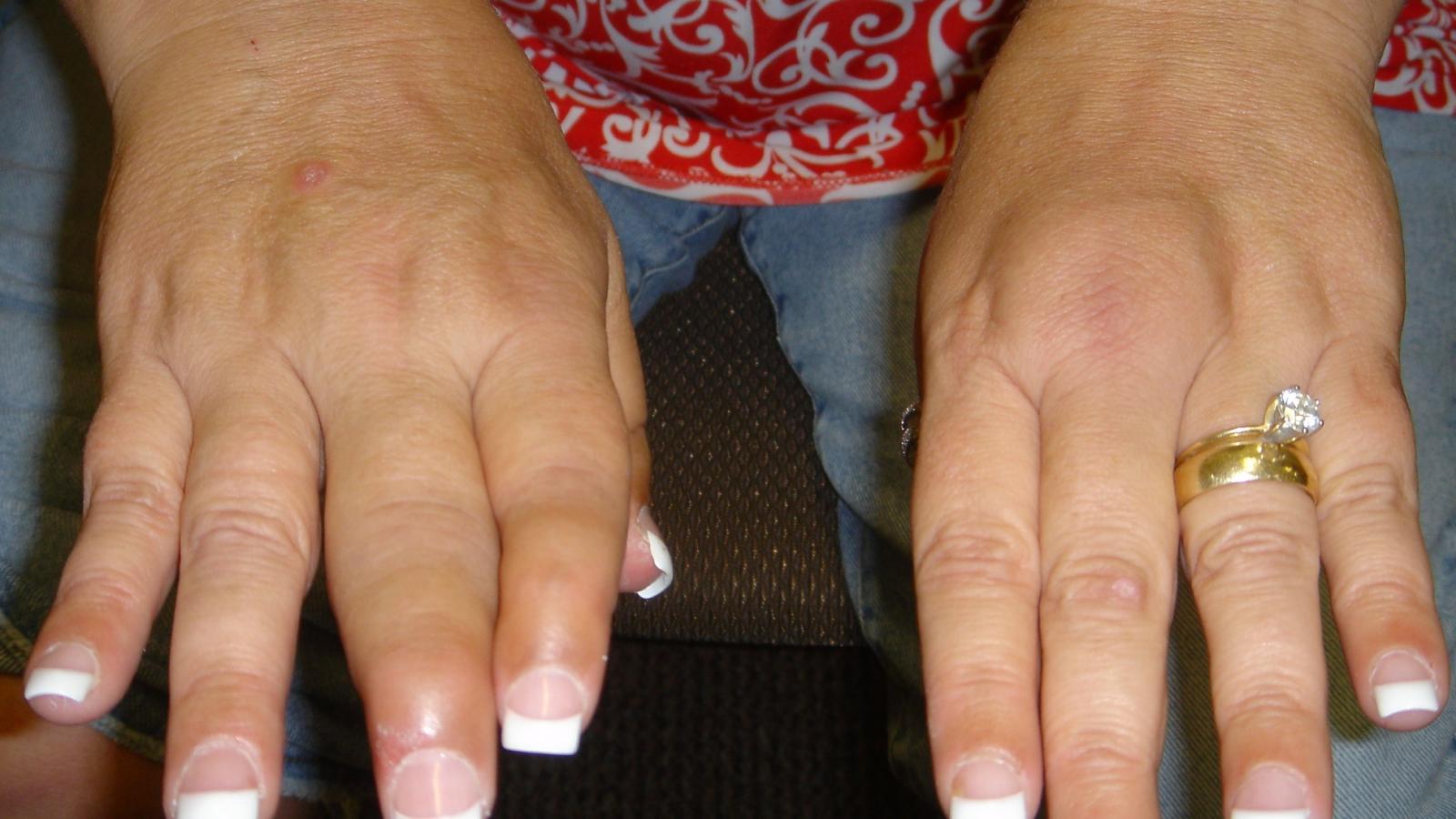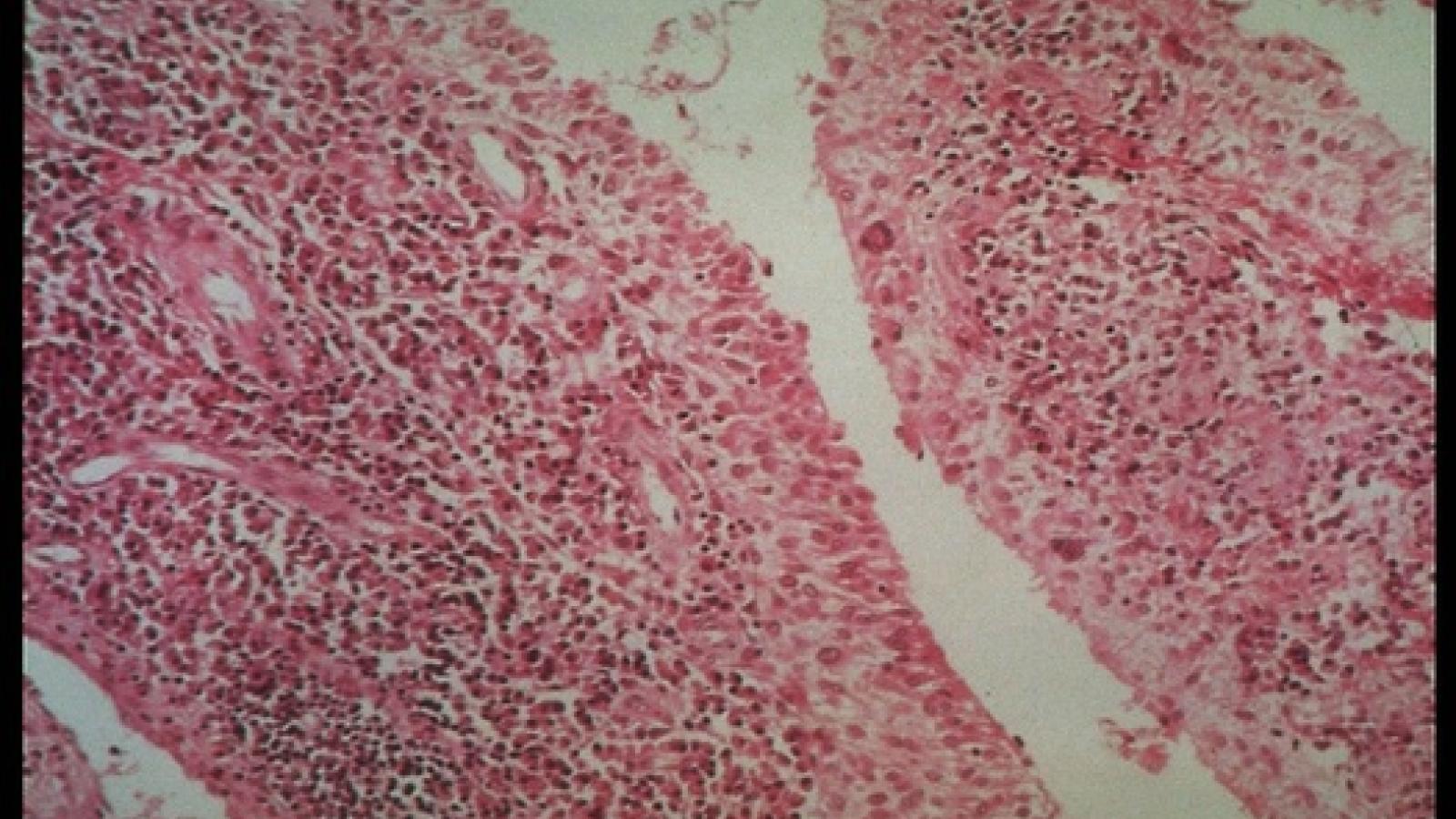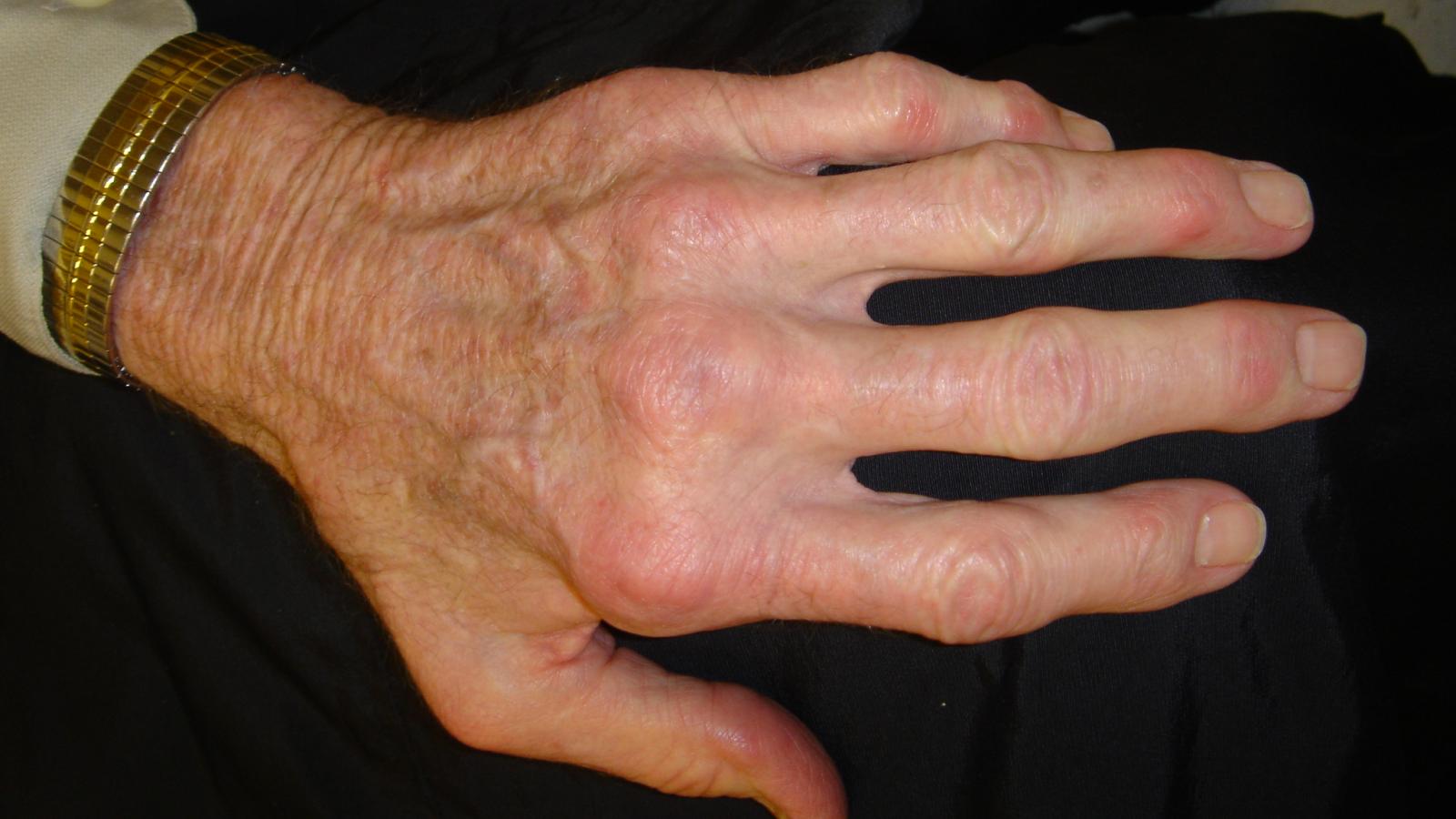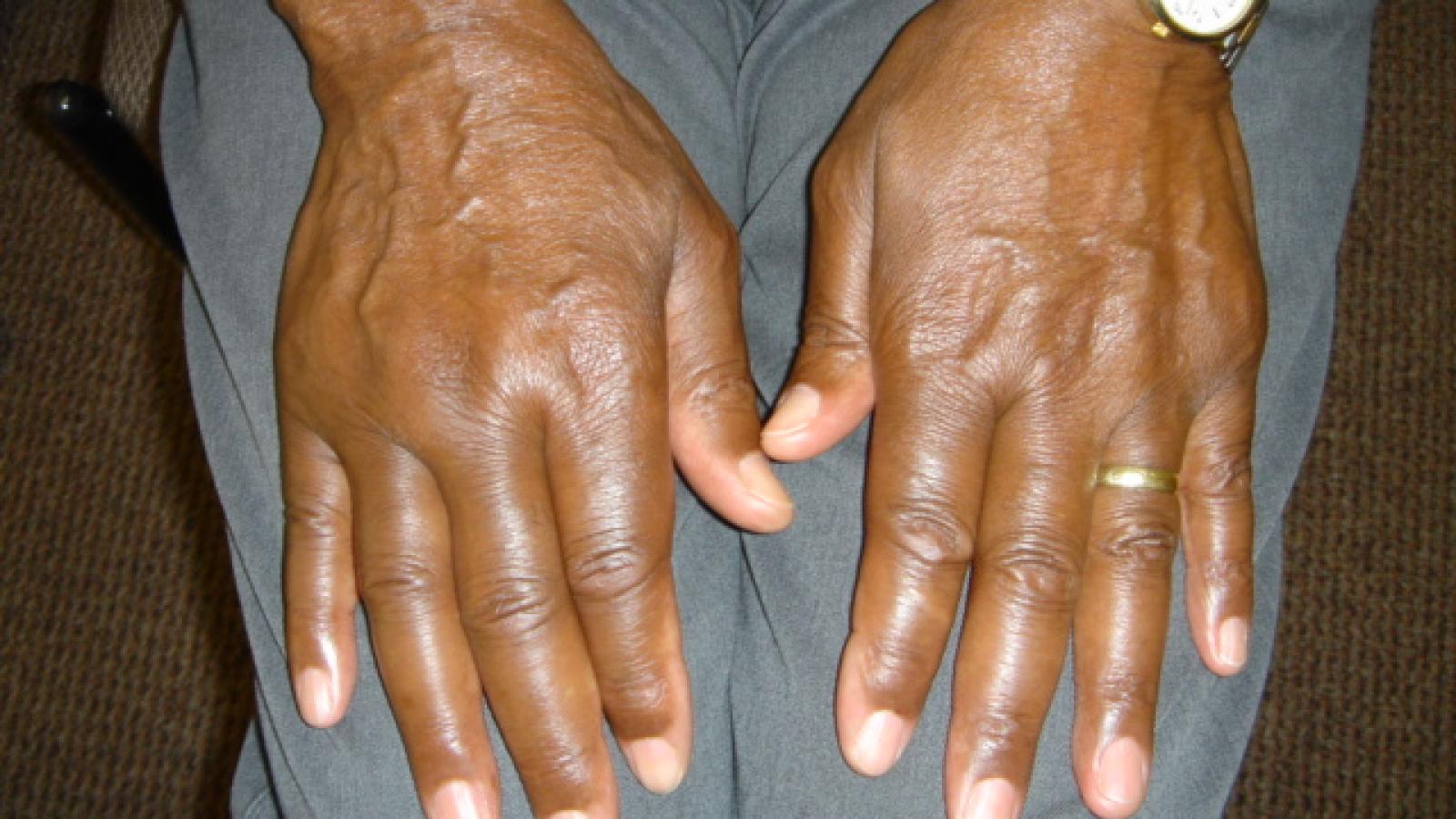Novel Rx
Many conventional synthetic, biological, biosimilar, and targeted synthetic disease-modifying anti-rheumatic drugs are currently commercially available for the effective treatment of rheumatoid arthritis. However, the "Holy Grail" remains the prevention of its development. During a clinical symposium at EULAR 2024 in Vienna, updates were presented on four prospective intervention trials conducted in patients experiencing joint pain without
Fertility in the context of RMDs is a daily concern for a lot of rheumatologists and patients.
EULAR this year proposed new fertility data, especially in Rheumatoid Arthritis, along with an update of the EULAR points to consider for use of antirheumatic drugs in reproduction, pregnancy and lactation.
With better endpoint and patient selection strategy over the last 4 years, many new therapies have met their endpoints/shown promising signal in the Phase 2 randomised controlled trials in Sjogren's disease (iscalimab, ianalumab, dazodalibep, and sequential therapy belimumab + rituximab). Since many previous studies have shown the discordance between physician assessment and patient’s symptom burden, there is a glimmer of hope with the efficacy
Autologous hematopoietic stem cell transplantation (aHSCT) for SSc has been proven the most effective treatment strategy with regard to overall and event free survival in selected patients.2 But a key limitation is its toxicity, and new treatment options are needed. Two abstracts presented at the 2024 EULAR congress in Vienna focused on novel approaches.
I am a big fan of animals and wildlife. Whenever I can, I try to wander outdoors to look for our friends big and small in the animal kingdom. If it rains, as often it does in the UK, the latest edition of Planet Earth will do. So, I was naturally attracted to the presentation by Professor Iain McInnes from the University of Glasgow, oral presentation OP0195 at #EULAR2024 where the link between camels and psoriatic arthritis was made.
A clinical trial in early axial spondyloarthritis (axSpA) demonstrated sustained inactive disease status in over 60% of patients. In axSpA patients with less than 1 year of disease symptoms, male sex, abstinence from smoking and lower BASDAI score at baseline were associated with higher chances of remission. Despite stable inactive disease state successfully induced by medication, drug-free remission in axSpA remains challenging.
It is almost four years since EULAR published its definition of difficult-to-treat (D2T) rheumatoid arthritis (RA) (1). This marked a formal recognition of the group of patients who, despite the advances in pharmacological therapy for RA, remain symptomatic.
Multi-modal analysis of rheumatoid arthritis (RA) synovitis pathotypes enables more accurate choices of first line cDMARDs treatment, suggesting a predictive value to synovial biopsy.
Day 2 at EULAR 2024 was a big poster day for many with several good sessions and oral presentations on Preventing RA, new vasculitis therapies and a session devoted to the 50th anniversary of the Moll & Wright Criteria.
Dual seropositivity (rheumatoid factor and/or anti-citrullinated protein antibodies) as well as shared epitope are known to be associated with poor prognosis and structural damage in RA.
In the wake of the EULAR 2023 guidelines on the management of SLE, it is perhaps pertinent that the EULAR 2024 congress features three abstracts from a large integrated analysis from five international Phase 3 belimumab trials in adults with active SLE (BLISS-76, BLISS-52, North East Asia, EMBRACE and BLISS-SC). Participants were randomised to belimumab (10 mg/kg/month intravenously or 200 mg/week subcutaneously) or placebo, plus standard
Wednesday was Day One at EULAR 2024 in Vienna. While the day was a slow start, the poster halls and auditoriums quickly filled with thousands of rheumatologists, eager to reunite at this international educational forum. Below are a few of my favorites from Day 1.
Psoriatic arthritis (PsA) can affect up to 30% of patients with psoriasis (PsO). Understanding the factors that predispose patients with PsO who progress to PsA is the first step in understanding how early interventions in PsO may augment the progression to PsA. At #EULAR2024, there are a few presentations on this topic that will help us understand this progression from PsO to PsA better.
Several abstracts are presenting new compounds, targeting either RA well-known inflammatory pathways or offering new mechanisms of action or therapeutic sequences; these are summarized below.
Inhibition of B cell activating factor (BAFF) and B cell depletion are the two most evaluated strategies over the last 15 years in the field of SLE therapeutics, with licensing of belimumab and off-label use of rituximab. Despite this, some patients remain refractory to these effective therapies.
























 Poster Hall
Poster Hall